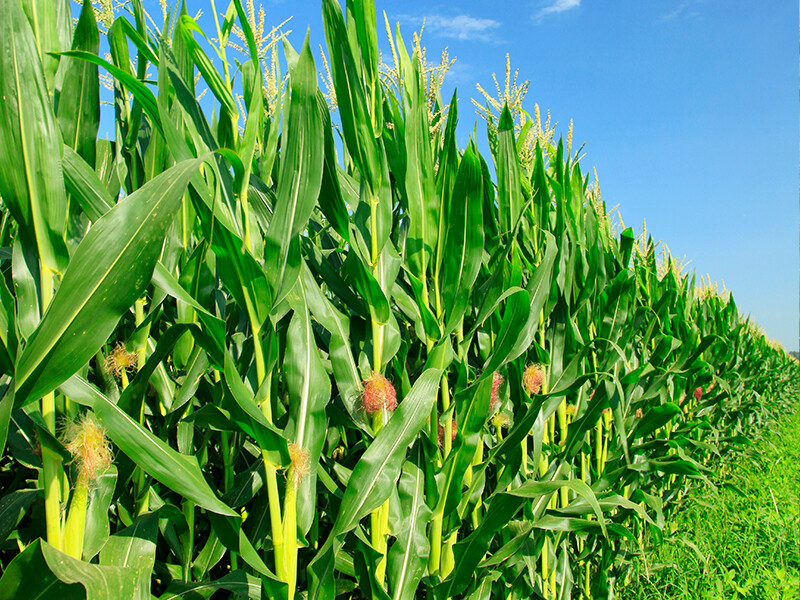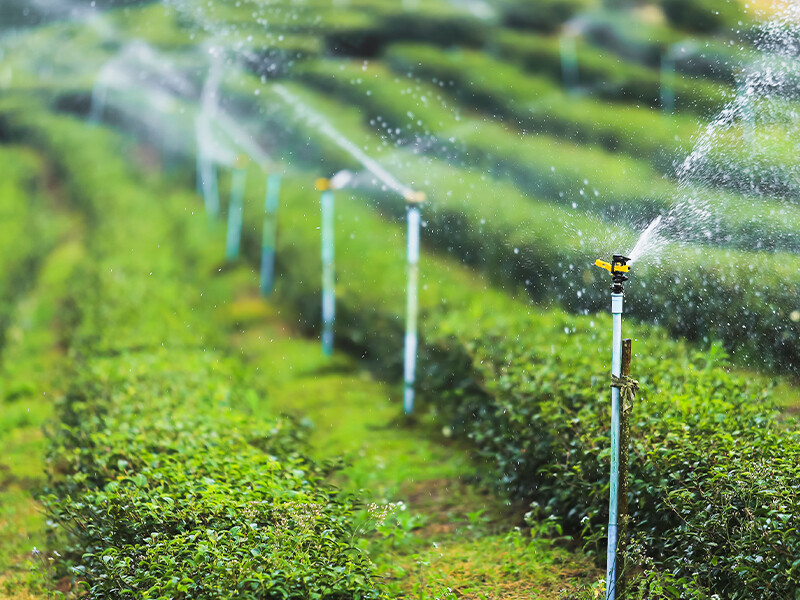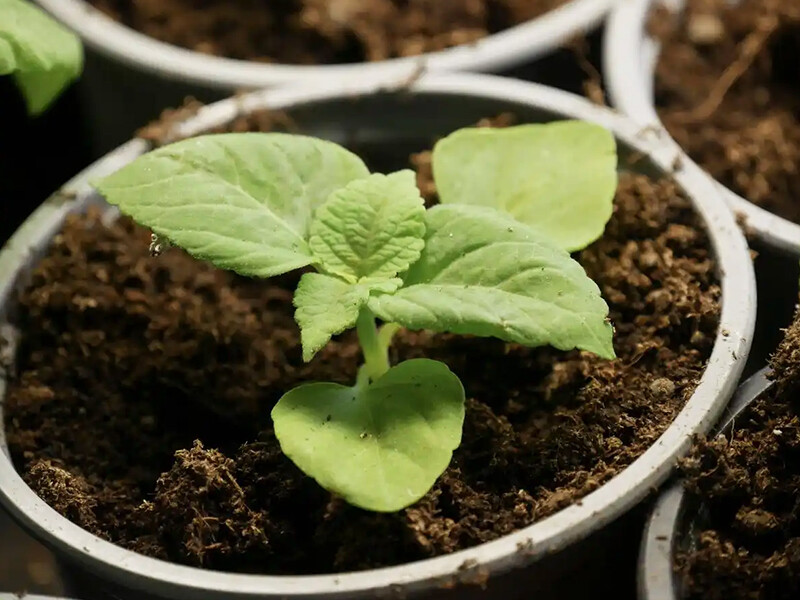Nasheng Import & Export looks forward to working with global partners to build a mutually beneficial agricultural input supply chain ecosystem.
Categories List
1. Different sources
(1) Fulvic acid: It is extracted from low-grade coal (peat, lignite and weathered coal). Its composition structure is relatively simple and mainly consists of aromatic hydroxycarboxylic acid substances.
(2) Humic acid: It refers to humic acid, which is a type of organic matter accumulated by the decomposition and transformation of animal or plant remains (mainly plants) through microbial decomposition and transformation, as well as a series of chemical reaction processes.
2. Different effects
(1) Fulvic acid: It can be used as a plant growth regulator. Its effect is to promote plant growth, improve plant drought resistance and stress resistance, increase yield and improve quality.
(2) Humic acid: Humic acid fertilizer made by combining with nitrogen, phosphorus, potassium and other elements (humic acid can be made into ammonium phytate fertilizer by neutralizing humic acid with ammonia). It has the effects of increasing fertilizer efficiency, improving soil, stimulating crop growth and improving the quality of agricultural products. 3. Different application objects
(1) Fulvic acid: Main application objects are vegetables, fruits, rice, corn, wheat, millet, sweet potato, cotton, rapeseed, peanuts, sericulture, tobacco and other crops.
(2) Humic acid: Widely used in forestry, agriculture, animal husbandry, chemical industry, petroleum, medicine and health, building materials, environmental protection and other fields.
II. Uses of fulvic acid
1. Used for spraying crops to resist drought and dry hot wind. When spraying wheat, the average stomatal opening can be reduced by about 2/3. At the same time, it can also enhance root vitality, increase the activity of various enzymes, increase chlorophyll content by more than 20%, and prevent premature aging.
2. It can be used as an effective ingredient in liquid compound fertilizers such as "Leaf Treasure", "Plant Protection", "High Yield Spirit", "Plant Growth Hormone", and various trace element fertilizers.
3. Foliar spraying of economic crops such as grapes, peanuts, apples, vegetables, watermelons, and tea can improve the quality of fruits (acidity decreases and sugar content increases by 2-4 degrees). 4. When used on cotton, it can prevent and control yellow wilt disease and increase cotton yield by 15-30%.
5. When used as a feed additive, it can increase the appetite of pigs, tenderize and fatten chickens, increase the hatchability of chickens by 21.8%, increase egg production by 15.5%, and increase the percentage of healthy chicks by 15-20%, and prevent livestock diseases and fowl plague.
5. When used as a feed additive, it can increase the appetite of pigs, tenderize and fatten chickens, increase the hatchability of chickens by 21.8%, increase egg production by 15.5%, and increase the percentage of healthy chicks by 15-20%, and prevent livestock diseases and fowl plague.
Leave A Reply
What are you lookking for?



